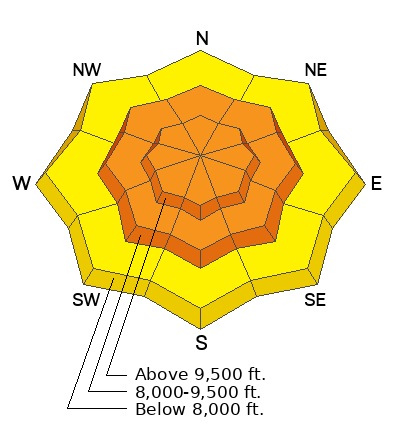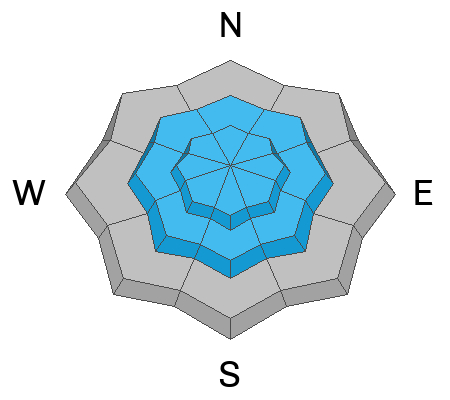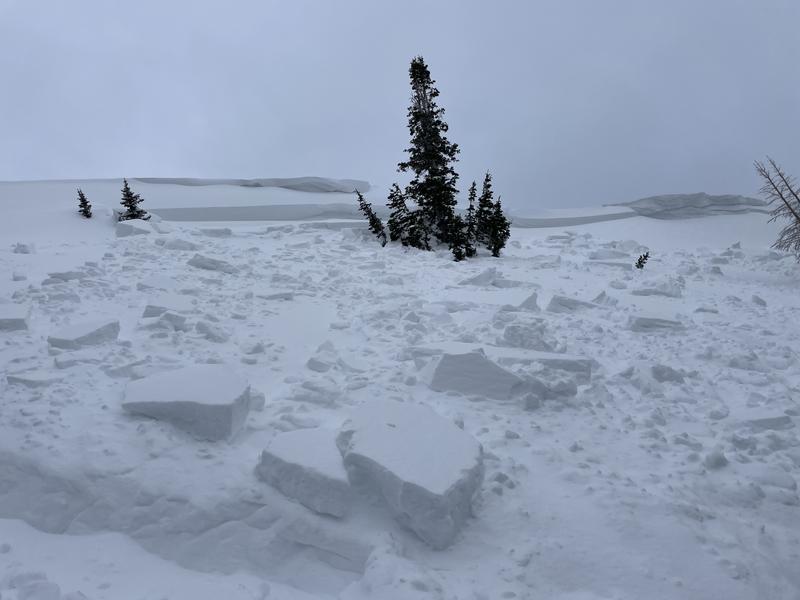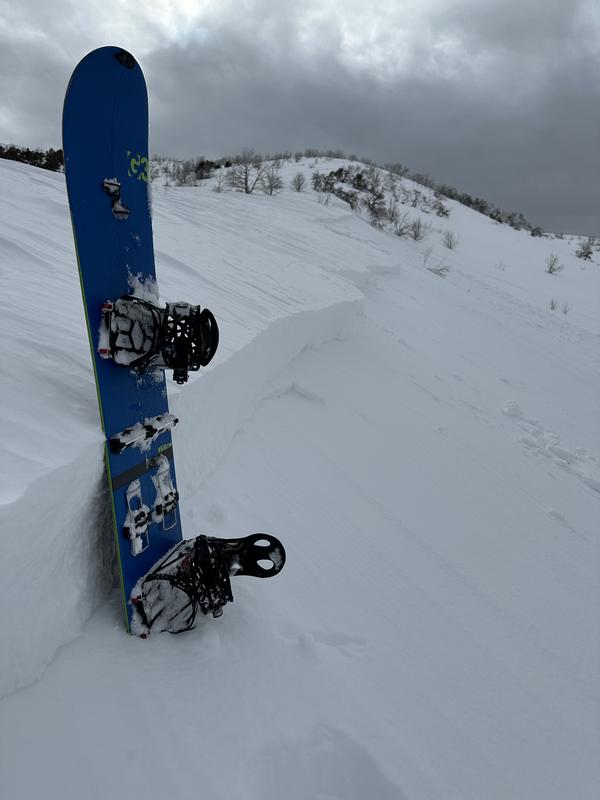Forecast for the Provo Area Mountains

Issued by Dave Kelly on
Monday morning, February 27, 2023
Monday morning, February 27, 2023
The avalanche danger is CONSIDERABLE on mid and upper-elevation slopes for wind-drifted snow avalanches. Humans are likely to trigger an avalanche that could be 1-3' deep and up to 150' wide. The avalanche danger is MODERATE on lower elevation slopes where human triggered avalanches are possible on density changes within the new snow or on last week's old/new snow interface now buried 2-3' deep.
The potential depth of these avalanches is not something I would mess around with. Today, I would be enjoying the start of a long run of snow storms and traveling and riding on slopes under 30 degrees out of the wind zone.

Low
Moderate
Considerable
High
Extreme
Learn how to read the forecast here










